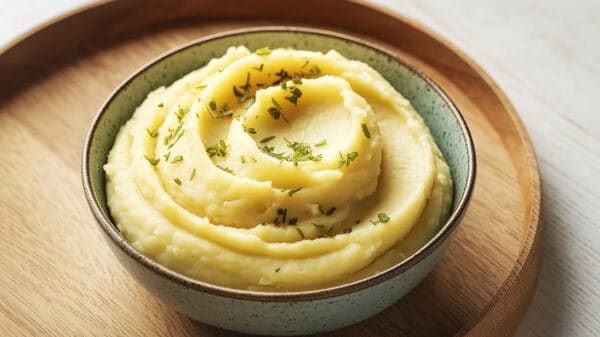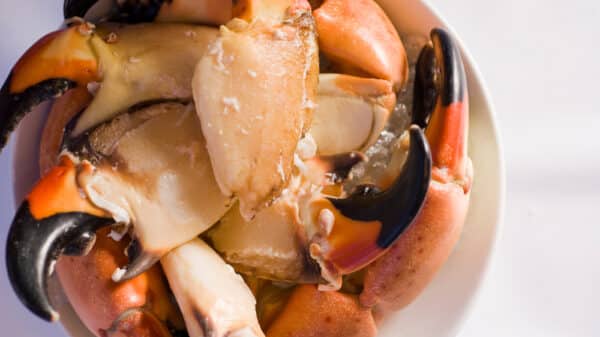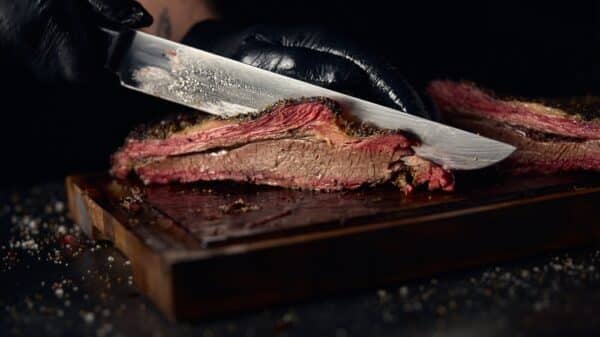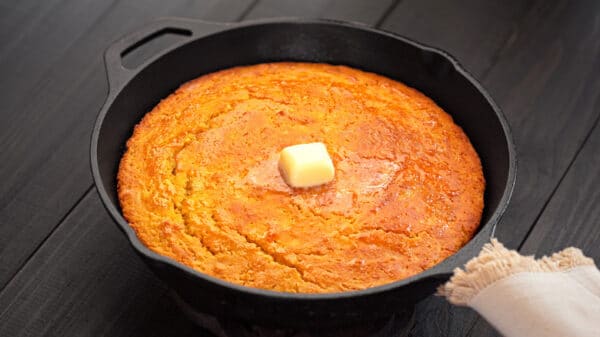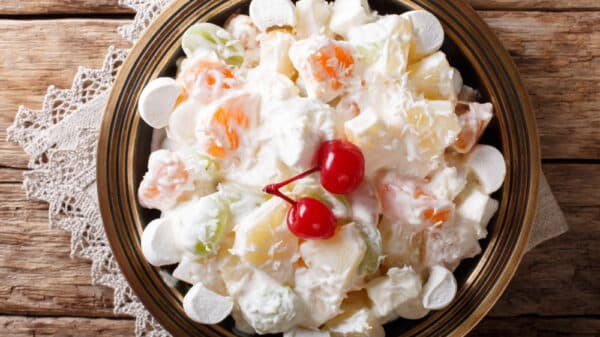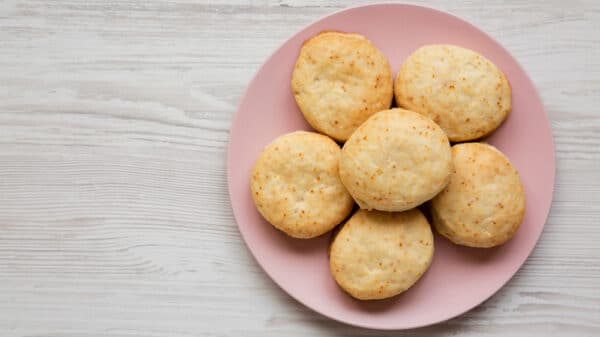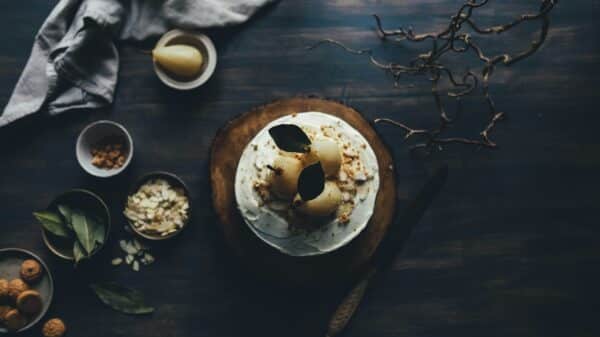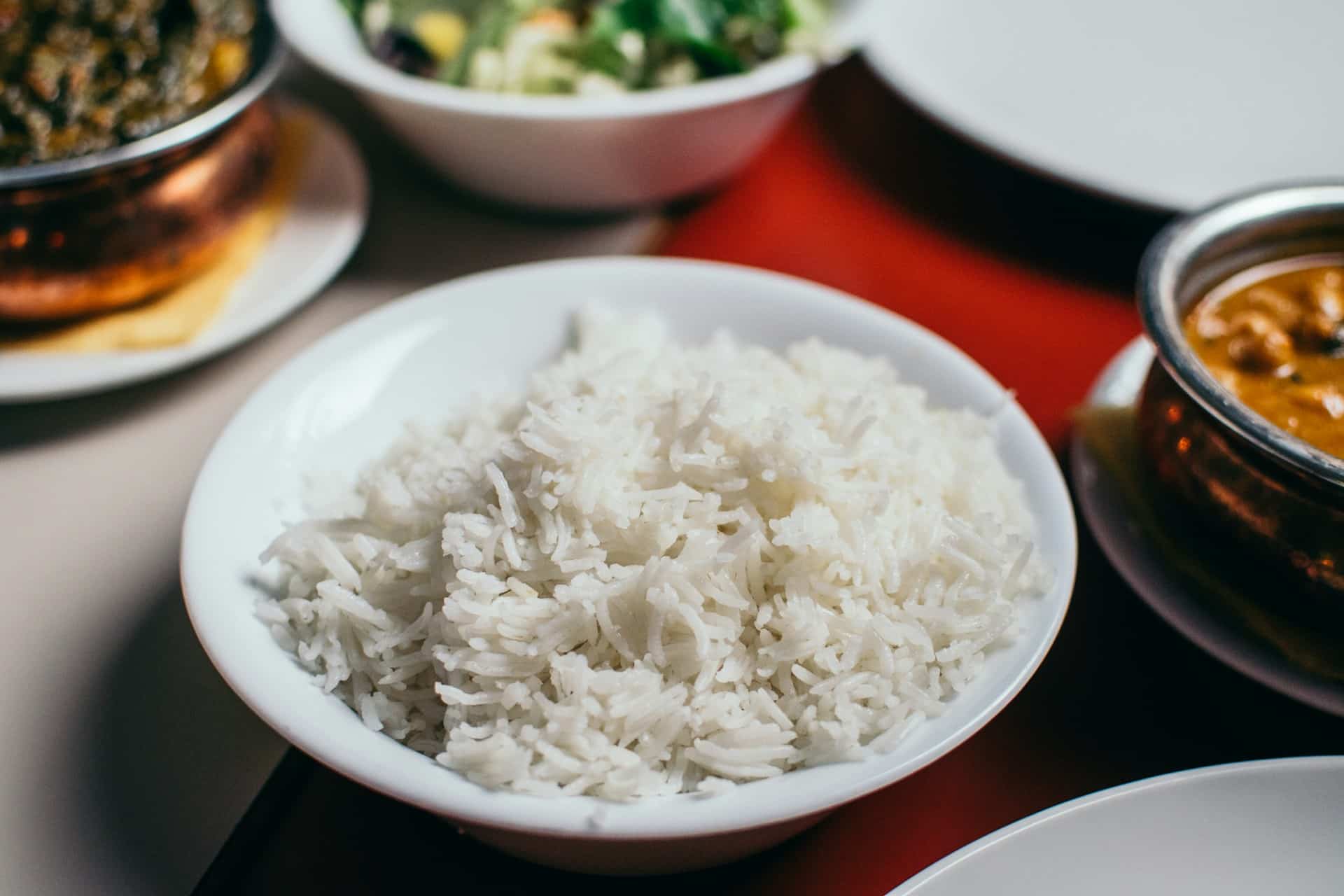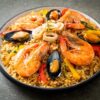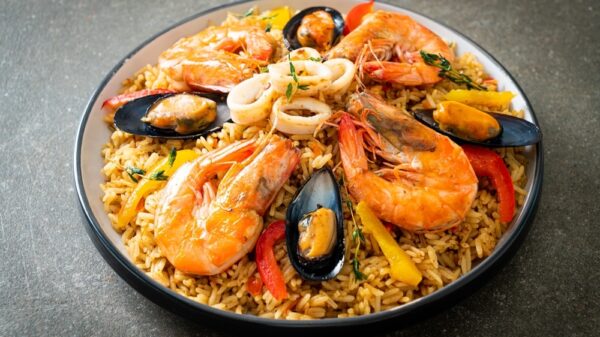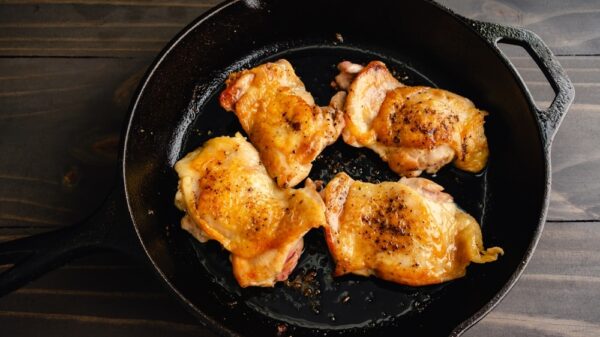Rice is more than just a staple; it’s a cornerstone of dietary traditions around the globe. Serving over half of the world’s population, its versatility and cultural significance cannot be overstated. From fragrant jasmine to nutty basmati, each type of rice can be transformed into a dish that resonates with various cuisines. Yet, despite its importance, the question remains: What is the most effective way to prepare this beloved grain?
The Pilaf Method: A Top Contender
Recent culinary explorations have highlighted the pilaf method as a superior technique for cooking rice. This approach begins by toasting the uncooked rice in a pan with butter or oil, often accompanied by aromatics such as onions or garlic. This initial step not only coats the grains with flavor but also enhances their texture and appearance. Following this, water is added, brought to a boil, and then simmered until the rice absorbs the liquid.
This method does more than create delicious rice; it transforms the cooking process into a flavorful experience, setting it apart from conventional methods. Unlike rice cookers or microwaves, which tend to produce bland results, the pilaf technique incorporates depth and richness that elevates a simple side dish into something memorable.
Weighing the Pros and Cons of Various Cooking Methods
Convenience Versus Flavor
While rice cookers offer unparalleled convenience, they often fall short in flavor. They require little intervention, yielding rice that is simply adequate without any layers of taste. On the other hand, stovetop steaming, boiling, or even the Instant Pot can deliver consistent results, but they lack the sophistication that a pilaf-style rice provides.
Microwave cooking, although quick, presents its own challenges. The variability in wattage and heat distribution renders outcomes unpredictable, often leading to inconsistently cooked rice. For those who have experienced gummy or dry rice from the microwave, this is an important consideration.
The Challenge of Cooking Rice Perfectly
Cooking pilaf may seem straightforward, but it does pose unique challenges. Over-toasting can easily lead to burnt rice, while incorrect water ratios can affect the final texture. Precision is key—cook too little, and you’ll have hard grains; too much, and the rice could turn mushy. It’s crucial to remain vigilant during this process, especially for novice cooks.
Choosing the Right Rice
When it comes to the type of rice, aromatic varieties like jasmine or basmati are generally best suited for the pilaf technique. These types absorb flavors beautifully and provide a delightful fragrance that complements various dishes. In contrast, short-grain varieties might not yield the same results, so it’s essential to choose wisely based on your recipe.
Expanding Beyond Rice Pilaf
For those who enjoy the flavor profile of pilaf but are willing to experiment, dishes like risotto and fried rice present exciting alternatives. Both methods are demanding yet rewarding, offering opportunities to personalize meals with vegetables, proteins, and spices. By mastering these techniques, one can transcend the standard rice dish to create a centerpiece for any meal.
Conclusion
Next time you find yourself needing rice for a meal, consider incorporating the pilaf method into your cooking repertoire. Not only does it enhance the flavor and texture, but it also transforms ordinary rice into a standout side dish. Whether serving a classic recipe or something more adventurous, the pilaf technique is a simple yet effective way to explore the delightful world of rice. Embrace this culinary journey, and elevate your rice dishes to new heights!
Image Source: Unsplash

